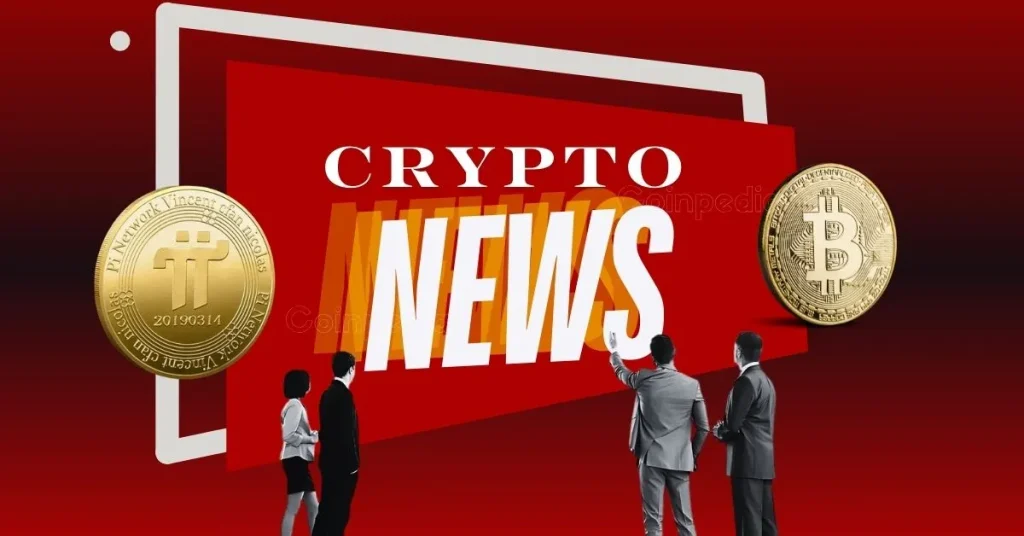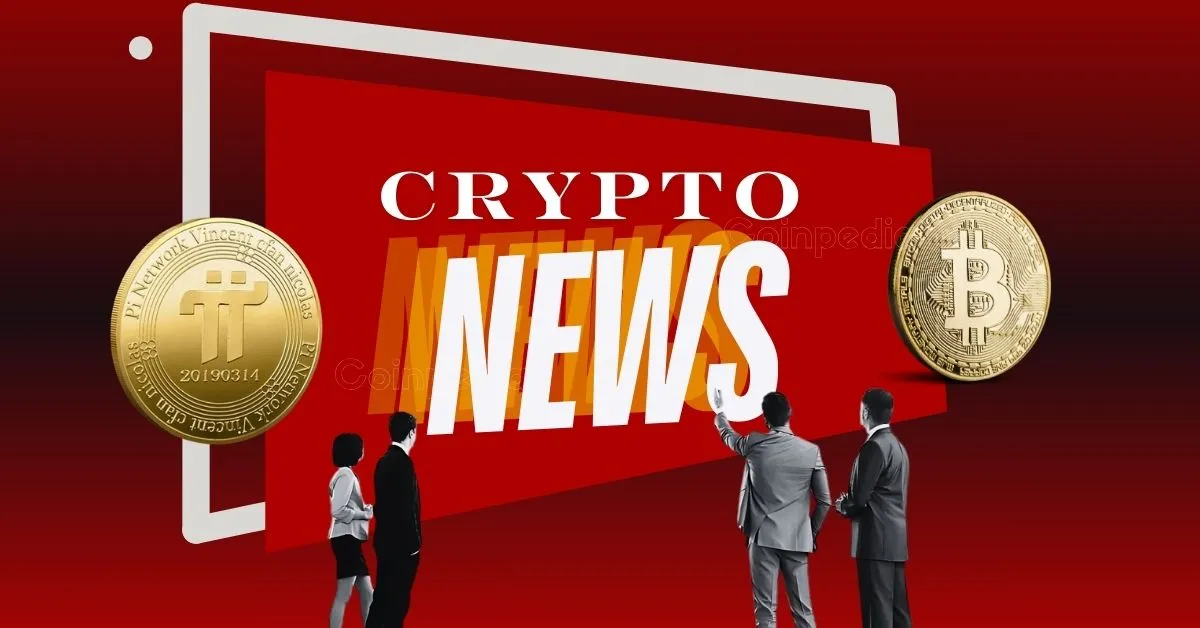
The 21Shares Sui ETF: A Catalyst for Institutional Adoption and Market Evolution
Introduction: The Intersection of Regulation and Innovation
The cryptocurrency landscape is in a state of constant flux, with regulatory developments often serving as the catalyst for market shifts. Among the most significant recent developments is the proposed 21Shares Sui ETF, a product that has sparked considerable debate and speculation within the crypto community. This report explores the intricacies of the proposed ETF, the regulatory hurdles it faces, and the potential implications for the Sui ecosystem and the broader digital asset market.
The Sui Ecosystem: A Layer 1 Blockchain with Ambitious Goals
Sui, a permissionless Layer 1 blockchain, has positioned itself as a platform designed to empower creators and developers to build Web3 experiences for the next billion users. Its unique architecture and focus on scalability and usability have garnered attention from both retail and institutional investors. The proposed 21Shares Sui ETF represents a significant milestone in the project’s journey toward mainstream adoption.
The Sui ecosystem has seen notable growth, with a thriving developer community and an increasing number of decentralized applications (dApps) being built on its platform. The network’s ability to handle high transaction volumes with low latency has been a key selling point, attracting projects that require robust infrastructure.
The 21Shares Sui ETF: Bridging Traditional Finance and Crypto
The proposed ETF, filed by Nasdaq in collaboration with 21Shares, aims to provide investors with a regulated and accessible way to gain exposure to the SUI token. ETFs have long been a preferred investment vehicle for traditional investors due to their transparency, liquidity, and ease of use. The 21Shares Sui ETF, if approved, would offer a similar level of accessibility to the SUI token, potentially attracting a new wave of investors.
The filing of Form 19b-4 by Nasdaq marks the official initiation of the SEC review process. This form is a critical step in the listing of new securities, including ETFs. The SEC’s review will focus on various aspects of the proposed ETF, including its structure, custody arrangements, and potential risks to investors. The regulatory body’s scrutiny is essential to ensure that the ETF aligns with investor protection mandates and market integrity standards.
The SEC Review Process: A Delicate Balance of Innovation and Regulation
The SEC’s review process is known for its thoroughness and can take considerable time. The initial filing triggers a period during which the SEC seeks public comments and conducts its own analysis. The regulatory body must weigh the potential benefits of the ETF against the risks it may pose to investors and the broader market.
The formal review period for the 21Shares Sui ETF has begun, with an initial deadline for a decision set for January 18, 2026. However, industry analysts anticipate potential delays, suggesting that a final decision may not arrive until later in the year or even early in the fourth quarter of 2025. The SEC has a history of delaying decisions on crypto-related investment products, often citing concerns about market manipulation and the nascent stage of the digital asset industry.
One recent example involves a proposed spot SUI ETF from Canary Capital, where the SEC postponed its decision, triggering bearish sentiment around SUI at the time. This delay underscores the uncertainty inherent in the regulatory process and its potential impact on the market.
SUI Price Dynamics: The ETF Effect and Market Sentiment
The price of SUI has demonstrated sensitivity to developments surrounding the ETF proposal. Positive news, such as the initial Nasdaq filing, has often triggered price surges, reflecting investor optimism about increased demand. Conversely, delays or negative signals from the SEC have tended to exert downward pressure on the token’s value.
Following Nasdaq’s 19b-4 filing, SUI experienced a notable price jump, climbing by as much as 6% with $1.16 billion in trading volume. This price movement illustrates the market’s anticipation of ETF approval and the potential for further gains.
Technical analysis has also played a role in shaping market sentiment. Analysts have observed bullish crossovers in SUI’s price charts, suggesting a potential end to the downtrend and a move towards higher price targets. The $4.00 mark has been identified as a key level to watch, with a successful break above this resistance potentially paving the way for targets between $4.20 and $6.
However, it’s important to note that SUI’s price is influenced by a variety of factors beyond the ETF proposal. Overall market conditions, network performance, and security concerns can all impact the token’s value. For instance, despite the ETF optimism, SUI has faced sell-off risks when failing to hold key support levels, like the $3.10 mark, with potential dips down to $3.00.
Network Issues and Institutional Trust: A Test of Resilience
Sui has experienced network issues that could impact investor sentiment. However, despite these challenges, SUI’s price has shown resilience, trading around $3.70 with an 8% increase in the last 24 hours as of late May 2025. This momentum suggests a growing level of institutional trust in the project, even amid technical difficulties. The filing of the 21Shares Sui ETF itself is a strong signal of institutional interest and belief in the long-term potential of the Sui blockchain.
The Sui network’s ability to overcome these challenges will be crucial in maintaining investor confidence. As the network continues to evolve, addressing scalability, security, and adoption issues will be key to its long-term success.
The Broader ETF Landscape: A Shift in Regulatory Perspective
The proposed Sui ETF is part of a broader trend toward the introduction of cryptocurrency ETFs beyond Bitcoin and Ethereum. The approval of Ether ETF options indicates a growing acceptance of digital assets by regulators and traditional financial institutions. While the SEC has been cautious in its approach, the increasing number of ETF filings and the eventual approval of some products suggest a gradual evolution in regulatory thinking.
The successful launch of a Sui ETF could pave the way for other altcoins to gain similar exposure through ETFs, further integrating the cryptocurrency market with traditional finance. This integration could lead to increased liquidity, reduced volatility, and a more stable market environment.
Potential Hurdles and Risks: Navigating the Regulatory Maze
Despite the potential benefits, the 21Shares Sui ETF faces several hurdles. The SEC review process is unpredictable, and there is no guarantee of approval. Regulatory concerns about market manipulation, custody risks, and the overall stability of the cryptocurrency market could lead to further delays or an outright rejection of the proposal.
Additionally, the Sui network itself faces ongoing challenges related to scalability, security, and adoption. Any significant setbacks in these areas could negatively impact the ETF’s performance and investor confidence. The network’s ability to address these challenges will be crucial in determining the long-term success of the ETF and the Sui ecosystem.
Conclusion: A Future Forged in Regulation and Innovation
The proposed 21Shares Sui ETF represents a pivotal moment for both the Sui ecosystem and the broader cryptocurrency market. While the SEC review process presents uncertainty, the potential for increased institutional investment and mainstream adoption is undeniable. As the regulatory landscape evolves and the Sui network continues to develop, the future of the Sui ETF and its impact on the SUI token will be closely watched by investors and industry participants alike.
The journey toward mainstream adoption is fraught with challenges, but the potential rewards are significant. The Sui ecosystem, with its focus on scalability and usability, is well-positioned to capitalize on the growing interest in digital assets. The proposed ETF, if approved, could serve as a catalyst for further innovation and growth within the Sui ecosystem and the broader cryptocurrency market. As the regulatory landscape continues to evolve, the interplay between innovation and regulation will shape the future of digital assets, paving the way for a more integrated and inclusive financial system.





